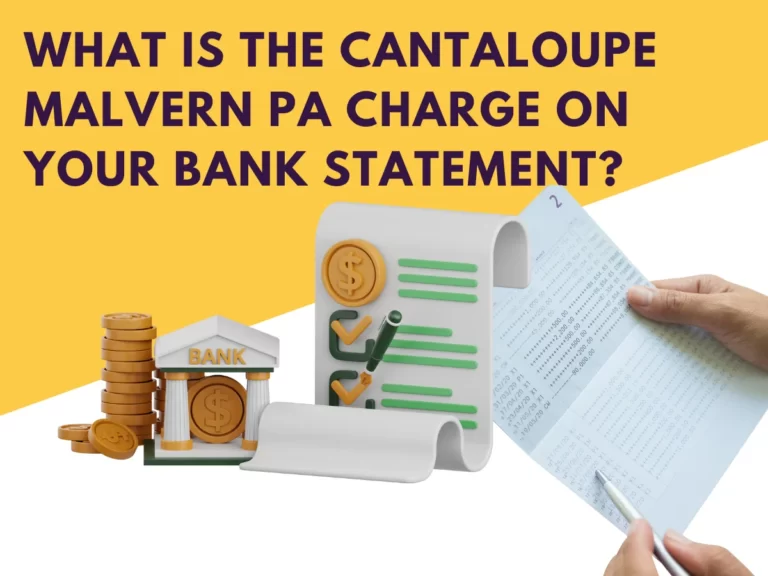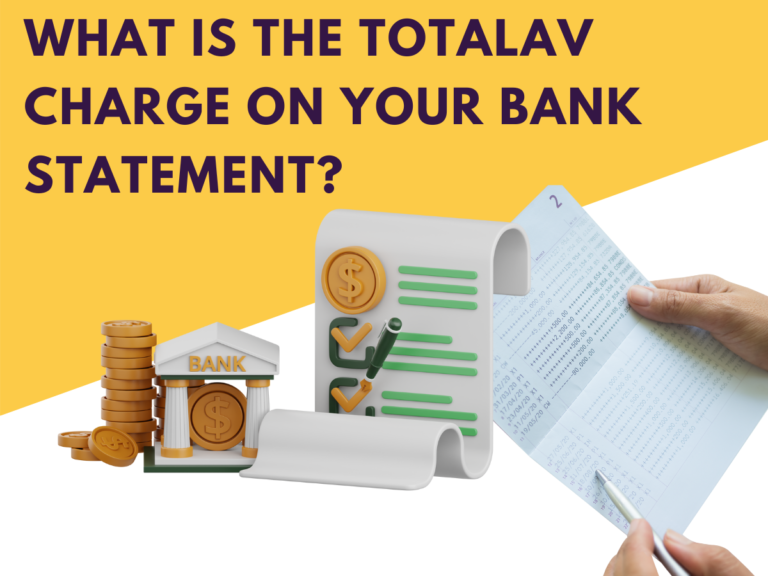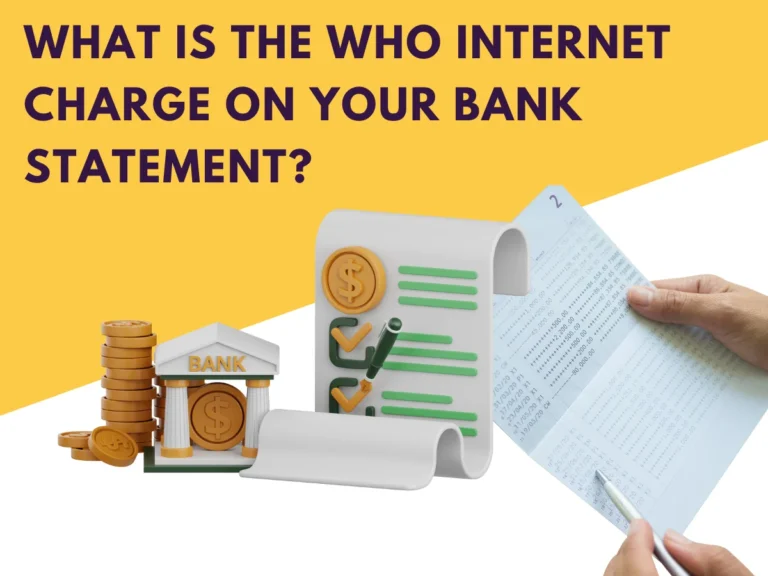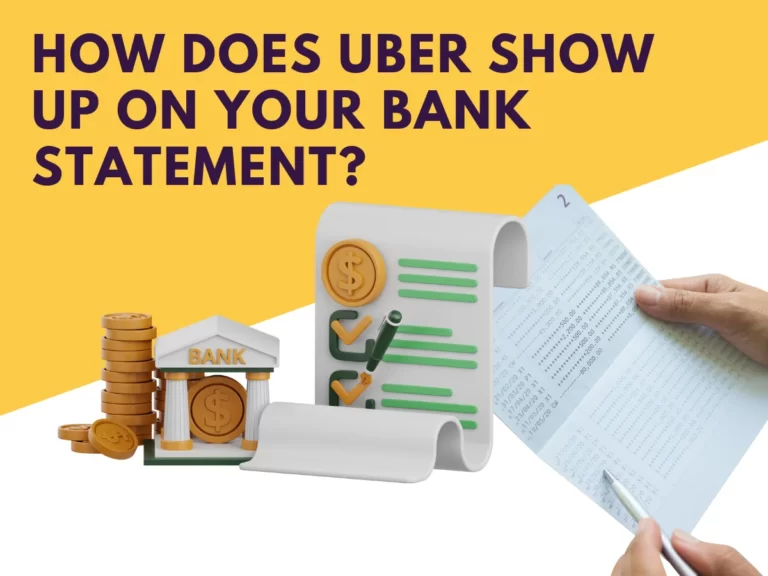What Is the VIS Charge on Bank Statement | Explained
In the labyrinthine landscape of personal finance, deciphering the cryptic codes on your bank statement can be a daunting task. Among these codes, the VIS charge often stands out as a mysterious entity, leaving many account holders bewildered. This comprehensive guide aims to unravel the intricacies of the VIS Bank Charge, providing a detailed exploration of its meaning, and significance, and offering insights into navigating your financial statements with confidence and clarity.
Also read UK Regulated Charge on Bank Statement.
What Does VIS Charge Mean on a Bank Statement?
The enigmatic abbreviation “VIS” holds the key to understanding transactions associated with VISA debit or credit cards. When this acronym graces your bank statement, it serves as a beacon, signaling a specific charge linked to your VISA card usage. Delving into the depths of this abbreviation is the first crucial step toward achieving financial transparency.
Understanding the nuances of what VIS means on your bank statement opens a gateway to comprehending the intricacies of your financial transactions. It signifies a connection to your VISA card, paving the way for a more informed approach to managing your finances.
What Is the VIS Bank Charge?
The VIS Bank Charge emerges as a transaction fee imposed by your bank when you engage in financial activities using your VISA card. Contrary to popular belief, it is not an additional fee levied by VISA itself but rather a charge implemented by your bank to facilitate smooth VISA card transactions. The amount of this fee can vary, contingent upon the policies of your bank and the terms of your specific account.

Every time you purchase with your VISA card, whether it’s a quick swipe at your local store or an online splurge, the bank processes the transaction and records it as a VIS Bank Charge on your statement. Understanding the nature of this charge is pivotal for effective financial management, ensuring transparency and accountability in your banking activities.
This fee not only covers the logistical aspects of processing VISA transactions but also contributes to the security and convenience offered by your VISA card. It is an integral part of the financial ecosystem, supporting the seamless flow of transactions in the modern digital age.
How to Find the VIS Bank Charge on Your Statement:
Locating the VIS Bank Charge within the labyrinth of your bank statement may initially seem like searching for a needle in a haystack. However, armed with the right knowledge, it becomes a manageable and enlightening task. Here are the key characteristics to look for:
- Clear Description: The VIS charge is typically labeled as “VIS” or “VISA,” providing a clear indication of its association with VISA card transactions.
- Transaction Date: Accompanying the charge is the date of the transaction, allowing you to precisely track when the VISA card activity took place.
- Purchase Amount: The specific amount spent using your VISA card is explicitly stated, offering a transparent record of the expense.
- Merchant Name: Many transactions include the name of the merchant or establishment where the purchase occurred, aiding in identifying the source of the charge.
- Transaction ID or Reference Number: Some banks provide a unique identifier for each transaction, serving as a valuable reference point when discussing the charge with customer support.
- Category Tagging: Certain banking apps take it a step further by categorizing the VIS Bank Charge under specific labels such as “Debit Card Transaction” or “VISA Purchase,” streamlining your statement review process.
By paying attention to these attributes, you not only confidently identify the VIS Bank Charge but also ensure the accuracy and completeness of your financial records. This level of scrutiny is instrumental in maintaining financial control and staying informed about your spending patterns.
How to Prevent Unauthorized VIS Debits:
Guarding against unauthorized VIS debits is not just a best practice; it’s an essential aspect of safeguarding your financial well-being. Here are five actionable tips to minimize the risk of unauthorized VIS debits:

- Regularly Monitor Your Statements:
Cultivate the habit of regularly reviewing your bank statements. Promptly identify and address any unfamiliar VIS charges, ensuring that your financial records remain accurate and secure.
- Enable Transaction Alerts:
Take advantage of the security features offered by your bank. Set up alerts for your VISA card transactions, receiving instant notifications for every charge. This adds an extra layer of vigilance to your financial security.
- Secure Your Card Information:
Exercise caution when sharing your VISA card details, particularly in online transactions. Ensure that you transact only on reputable websites with secure payment gateways, minimizing the risk of unauthorized charges.
- Use Two-Factor Authentication:
If your bank provides the option, enable two-factor authentication for your online banking. This additional layer of security acts as a robust barrier against unauthorized access to your account.
- Report Suspicious Activity Promptly:
Trust your instincts. If you notice any unauthorized VIS charges, report them to your bank immediately. Prompt reporting not only safeguards your finances but also aids in the prevention of further potential losses.
Embracing these preventive measures empowers you to take an active role in securing your financial assets. By staying vigilant and proactive, you fortify the defenses around your VISA card transactions, contributing to a more secure and worry-free banking experience.
Conclusion
In the intricate tapestry of personal finance, deciphering the VIS Bank Charge is akin to unlocking a treasure trove of information. Armed with the knowledge of what VIS means on your bank statement and how to interpret associated charges, you gain a profound understanding of your financial journey. Navigating through the intricacies of your bank statements becomes a more confident and informed endeavor.






